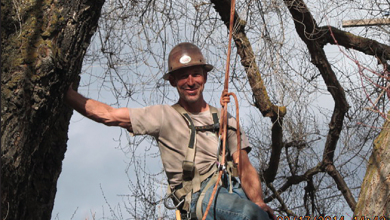Safety in Numbers…
Many neighborhood planting plans seem o follow a similar path. It goes somehing like this: Birch, Birch, Birch, Plum, Plum, Plum, Leyland Leyland, Leyland.
Not really a good idea, but meh, nobody asked me…
Ask any nursery person, fish hatchery manager, cattle rancher or the like what their biggest bugaboo is and I guarantee you they will respond “infection!”
When you stack a large group of identical organisms together and one gets sick, they ALL get sick, and so it goes.
My best advise is to break things up a bit. Don’t saturate the area with the same type of plant over and over, lest you test my theory!
London Plane trees in bulk breeds anthracnose, Raywood ashes en masse invites Botryospheria canker, Red maples piled on top of each other begs for a fungal reunion.
A diverse urban forest will duplicate what wild natural forests do all day everyday, with success.
This is most important to consider when planting non native species in your landscape which seems to have been the case of common planting plans for the last century or so.
Mix conifers with broadleaf hardwoods, evergreens with oaks, shrubs with columnars, break up the plan, confuse the opportunistic pathogens!
Safety in numbers, but not safety in repetitive monotony!
Formal row planting is fine if you are willing to roll the dice, but unless you do everything just so, be prepared for the eventual heartbreak…
I love a stately stand of (enter favorite tree here) whatever, but…
Having all your eggs in one basket is convenient, just don’t fumble that basket!
Plant high and often and thank the forest for the shadows.



